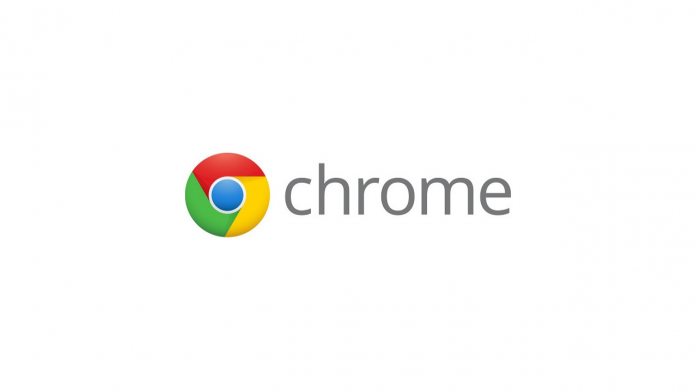Google has been working on branching the feature to Windows 10 for some time. It has been in development on Chrome for Android. With this feature, users can share files and phones across devices more easily. It is worth noting the tool only works with other Google-connected products. In other words, you’ll need to have either the company’s Pixel smartphone or a Chromebook. Still, if you do and want to check out Nearby Sharing in Chrome on Windows, follow these steps:
Enable “Nearby Sharing” in Chrome and restart the browser. Unlock the device you want to share with an ensure Bluetooth is enable on Windows and the device. The receiving Pixel or Chromebook will also need to have Nearby Sharing enabled.
Battery Consumption Progress
Earlier this month, we discussed Google’s efforts to reduce battery consumption in Chrome. Google’s Chrome testing involves managing the JavaScript timer wake up frequency for tabs that are inactive or hidden for over five minutes. This essentially allows less power to be consumed by those tabs. “We found that the work done from these Javascript timers was often not valuable to the user when the page was backgrounded (e.g. checking if scroll position changed, reporting logs, analyzing interactions with ads). We made the hypothesis that reducing the number of wake ups from Javascript timers in a backgrounded page could extend battery life.”




